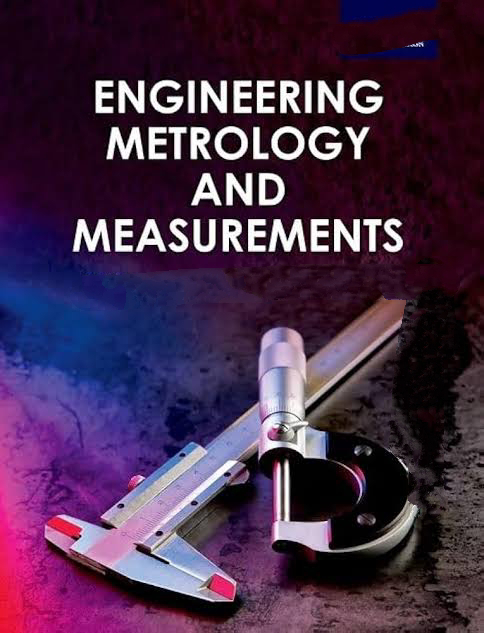Chapter 1: Introduction to Engineering Metrology

Abstract: Engineering metrology is the application of measurement science to manufacturing processes . It involves the use of measurement to assess the quality of manufactured components, calibrate measuring instruments, and ensure that products are made to metrological specifications. Here are some key aspects of engineering metrology: Quality control Quality control engineers are responsible for ensuring that manufacturing meets metrological specifications. They must be familiar with measurement basics, standards, tolerances, and the limitations of measuring instruments. Cost It can be expensive to comply with metrological specifications after a product has been manufactured. Measurement accuracy Metrology is the science of high accuracy measurement. It involves establishing, reproducing, and conserving units of measurement and their standards. Measurement processes Metrology covers a wide range of measurement processes, met...



